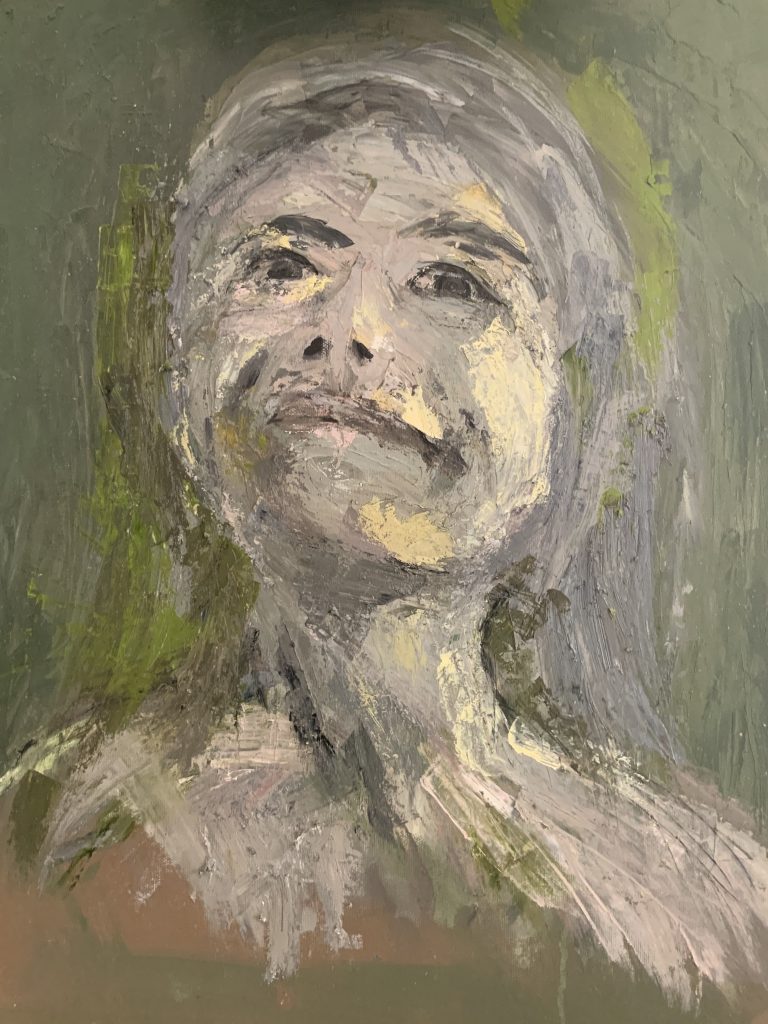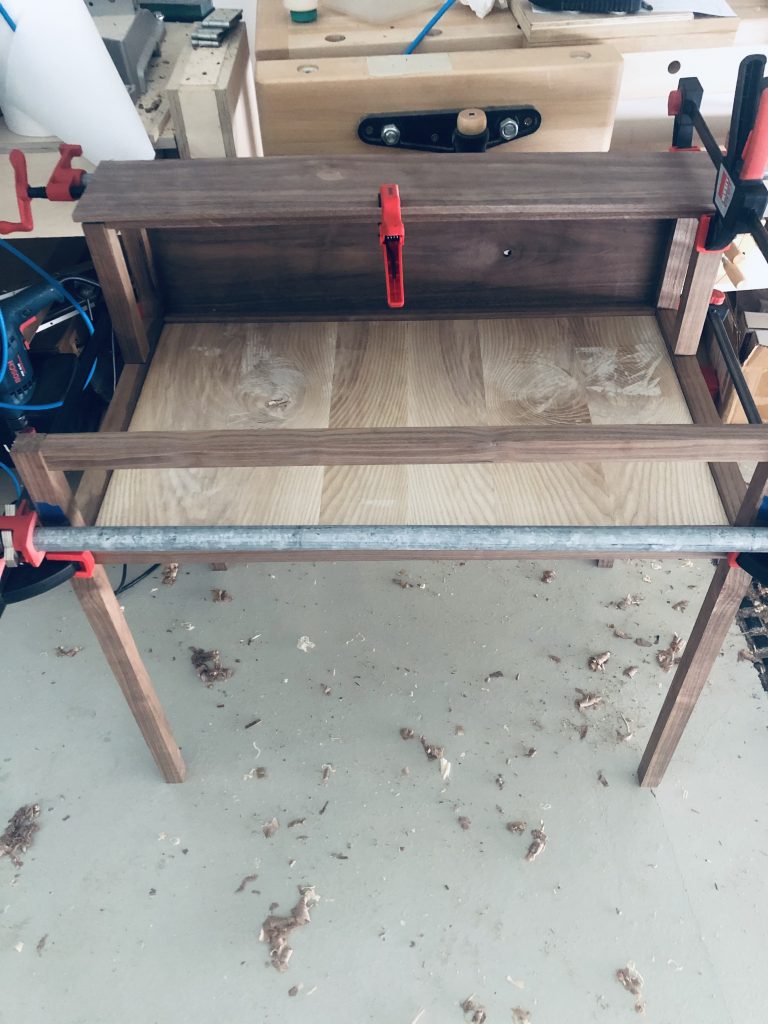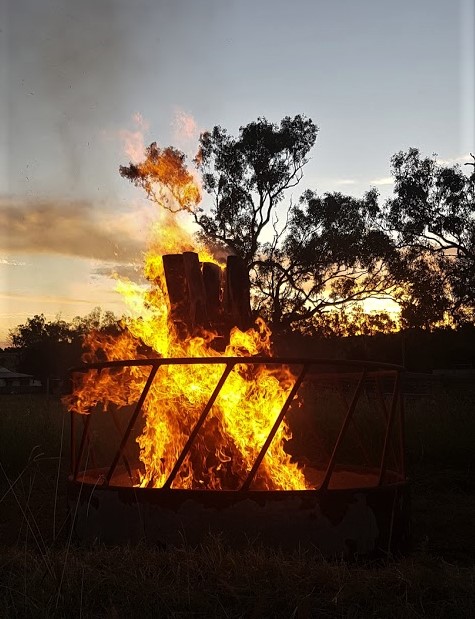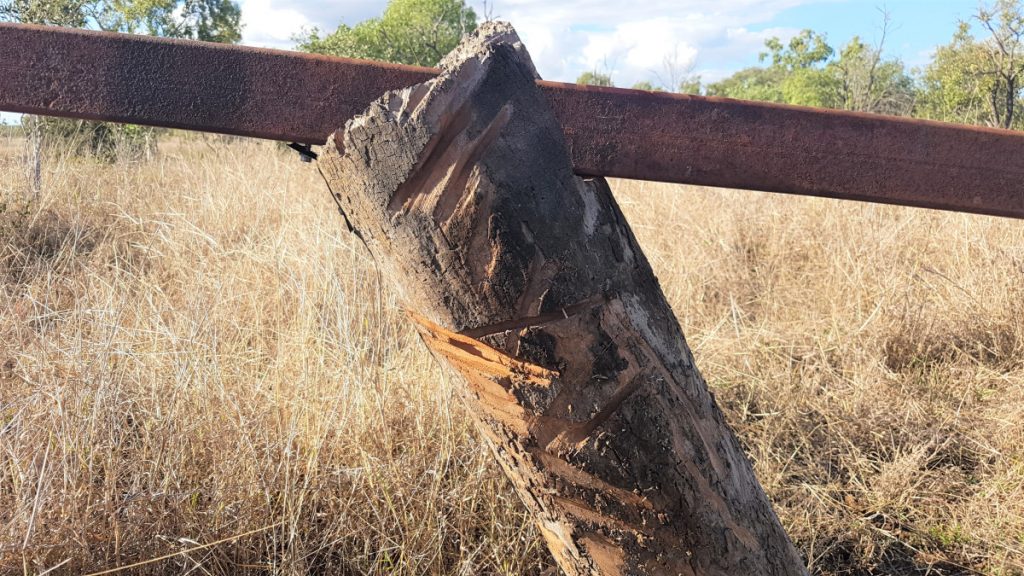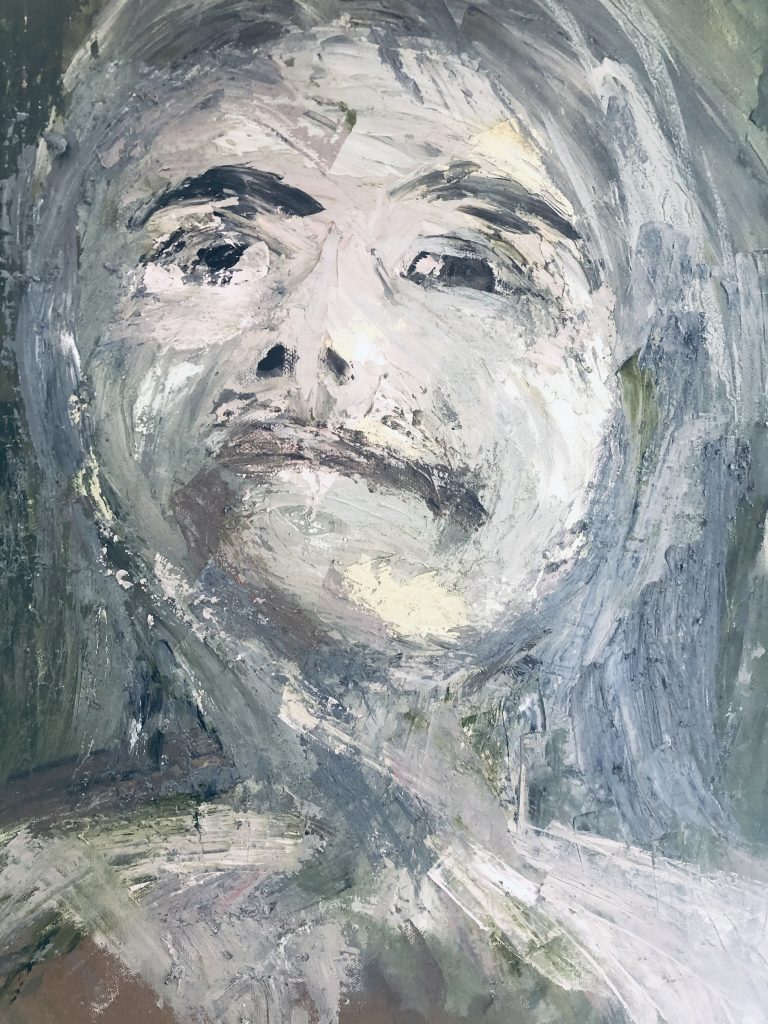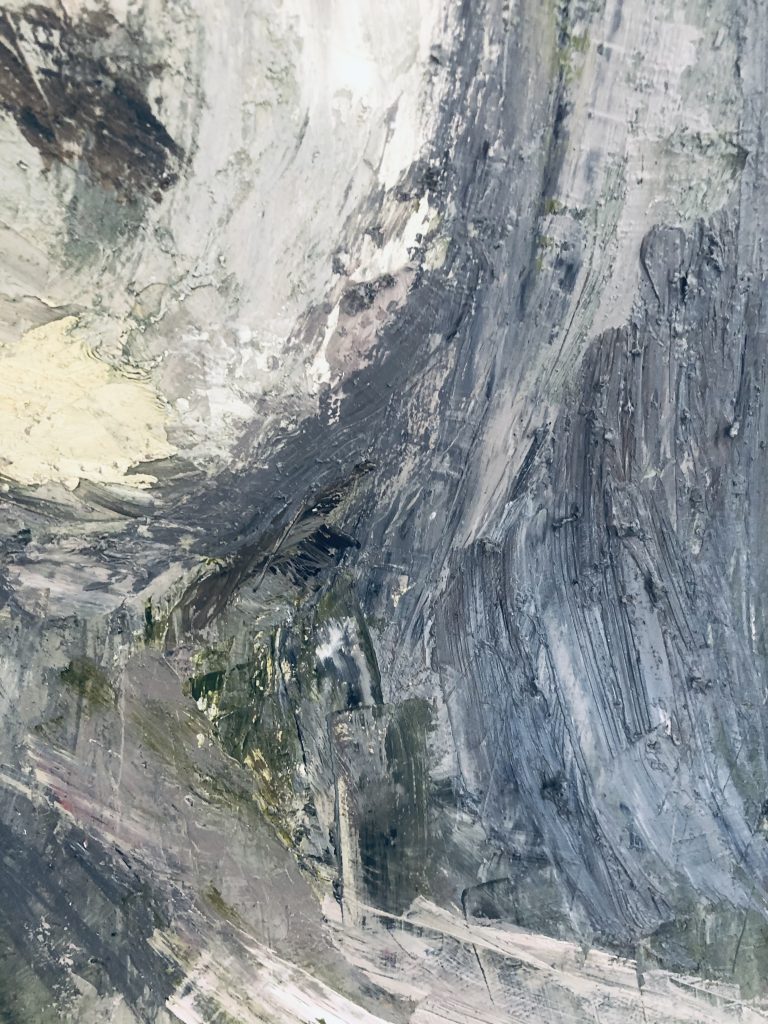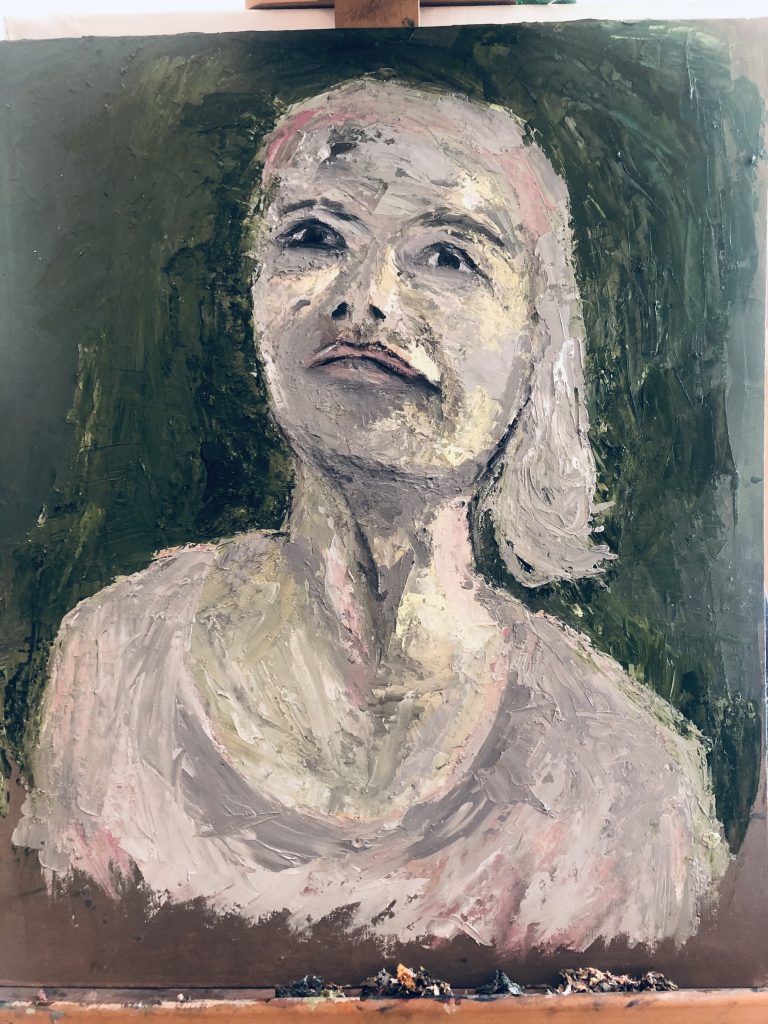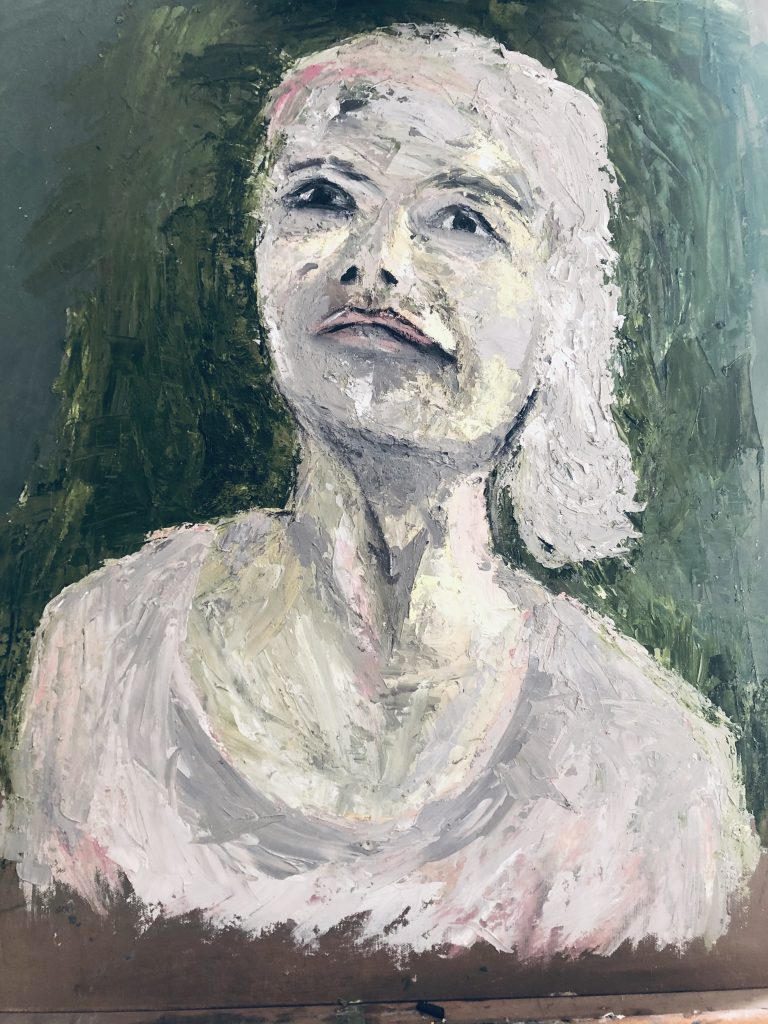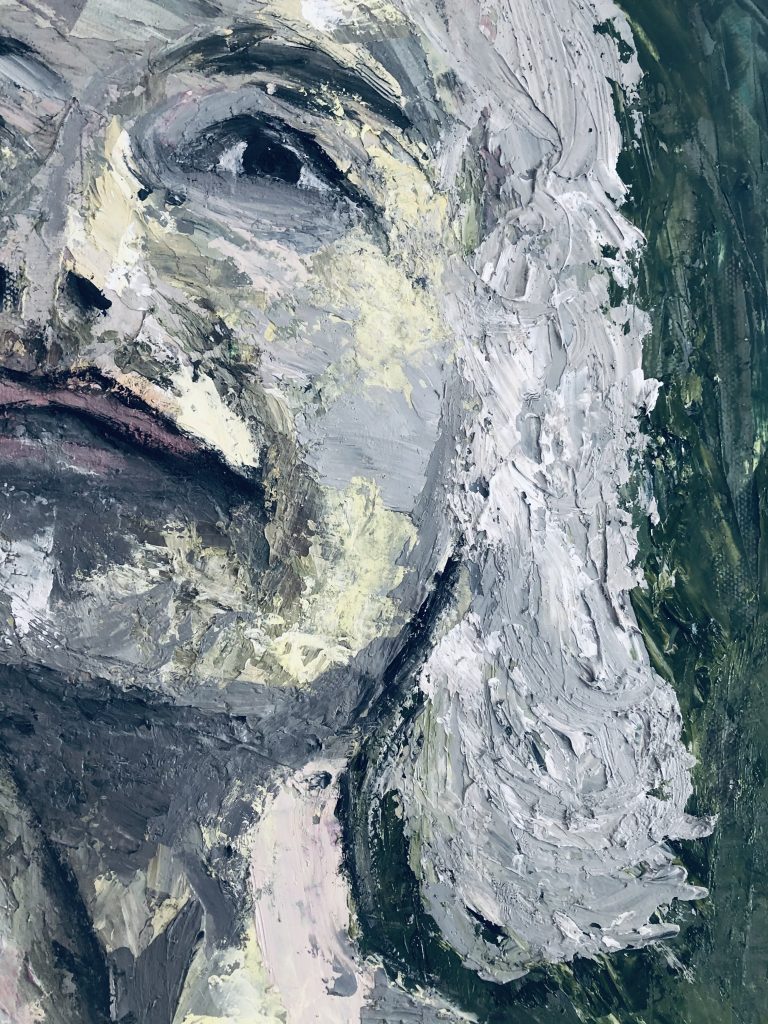INTRODUCTION
In the study guide: The Parallel Project is a self-directed, extended project. The focus of this project is entirely up to you, although you are advised to use the ideas and approaches explored within the course exercises as a springboard to inspire your thinking and making process. You may work in the studio as well as in text based formats for your parallel project.
Now is a good time to begin to think about the kinds of directions you may want to take. For example, which aspects of your practice do you feel you would like to develop moving forward? In your learning log write two short paragraphs, or a series of bullet points, which speak about your ideas and approach in relation to your own practice. Completing the parallel project is
an opportunity for you to think about your work now, and its future direction. Think about the course so far, how has this helped you to expand your understanding of your practice, your process and the way that you articulate them? How have the exercises helped you to think about and take new approaches to making work?
As you continue through the course you will be given further prompts to help you develop this project in parallel with other coursework. You should keep your tutor informed of your progress, discussing any questions you have with him or her, and usually, this will take place when you submit assignments. As part of this project, you will need to carry out appropriate visual and material research, identify and discuss contextual reference points and reflect on your progress and outcomes. You will need to document your working methods and processes thoroughly through your sketchbook and developmental work and learning log, using methods that best support your developing practice. For example; you may want to include maps or diagrams to illustrate your thought process, or you could photograph and annotate the various stages of a practical process or experiment. Whichever method you use, ensure this communicates your exploration clearly to your tutor.
Like the idea of exploring how I find meaning in painting/art and how that influence subject matter, form and content.
- Doing the thinking to decide if its going to continue as exploring how I create my own meaning in my work with the rhino drawings I started –
- my interest in wunderkammern and natural historic museum, animals, plants, trees,…… I call it my ‘specie’ drawer/shelve/paper/collection, but mostly they are found objects of wonder/nostalgia…but they take me on discoveries….they lead me into new..
- drawings or paintings?
- using a Microscope or ……Claude glass?? a traditional device and its reflective picture planes which convert the image into a site of tension between liminal and illusionistic space.
- Size of works- go very big?
- Where is the viewer in this space?
- Sense of Wonder – a passion for and as material? Rene Descartes and New Materialists.
- Can archiving interest be linked to a search for understanding?
- There is is place where one can examine history as a personal and historical/collective/cultural experience?
- It should be seen as an object of inquiry and wonder – looking at a liminal boundary between meaning and knowing, looking and observation, seeing and memory……it could be revelatory! that which is seen and that which is unknown, unseen and seen.
- Do we confuse the nature (passion for meaning??) of art with the pleasure it is able to provide?
- look at workofAndreMalraux’s Le Musee imaginaire, 1947. (assemble, disassemble and reassemble montages, privileged the curatorial artistic produce?).Ideas of virtual museums, ideas of reproduction more about the idea of experienceing that could be ‘universal and have art from everywhere………Covid 19 changed many things. and Gerhard Richter’s Atlas – an ongoing archival project
Looked at the work practice of GrahamCrowley – from his early monochromatic flower paintings – white impastos, left to dry for months then glazed —-paynes grey, then wiped down to have luminosity. The physicality of paint/materials fascinated him. Now he is more focussed on immediately, less labour intensive painting process. He developed idea to use a White ground then add Payne’s grey, Layer of Liquin , Then paints with Paynes grey,charcoal grey,wet into wet.
Just coloured ground which is dry, then covered in liquin, maskintape where he want light/space–Paynse’ grey wet into wet —-immediate and a duo tone. read about that….like the Warhol images coloured ground with a black screen print – duo tone (old comics) black, a colour, on white paper.
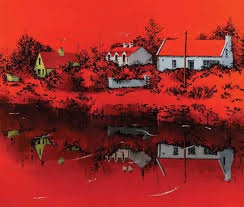
Saturday 19 September 2020
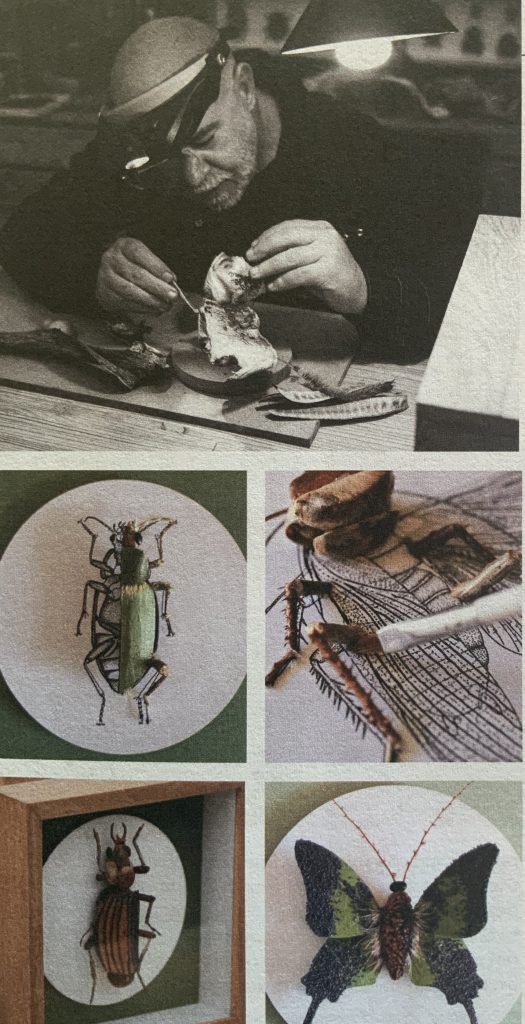
I started reading Wonder in Contemporary Artist practice On my Kindle; the essays in this book is providing good theoretical context for my ideas.
I ‘discovered’ a local SA Conceptual artist who is concerned with the plummeting decline of insect numbers, (worldwide issue), and tries with his work to focus attention on this issue. He is on Instagram as @chrisvanniekerkbotanicals. His series called Ecoskeletons are crafted from leaves, pods, grasses and other plant matter, and then preserved in a mounted boxed frames. Interesting to see how he works on an accurate drawing of the insect and build the bodies from there.
29 September 2020
I want to revisit Barthes, Cultural appropriation for signs in his Mythologies, 1957.
For Barthes,
the best weapon against myth is perhaps to mythify it in its turn, and to produce an artificial myth: and this reconstituted myth will in fact be a mythology […] All that is needed is to use it as a departure point for a third semiological chain, to take its signification as the first term of a second myth.
In other words, Barthes proposes a deconstruction of the original sign, in this case, the curiosity cabinet, and the creation of a new, pseudo-cabinet which serves to critique the ideology of the first. This, it has been argued, ‘raises questions of originality, authenticity and authorship, and belongs to the long modernist tradition of art that questions the nature or definition of art itself’.
In fact, Love goes further and proposes that an experience does not happen to you and then you put it into words, but that it is always already in language. This would mean that you are already formulating what you think and feel in the moment that something is happening to
you. Love proposes that the reason Agamben believes that the authority of experience is lost in modern life, is because he is:
‘…anticipating an authority which would constitute your experience as neutral,
disinterested, impartial – a relation to the world which could make your trajectory
through life feel more real, elevated, enduring, strong, certain…this is what he feels
has been lost.’
Love, 2005:163
I also realise that I would like to work with presence of absence in my work
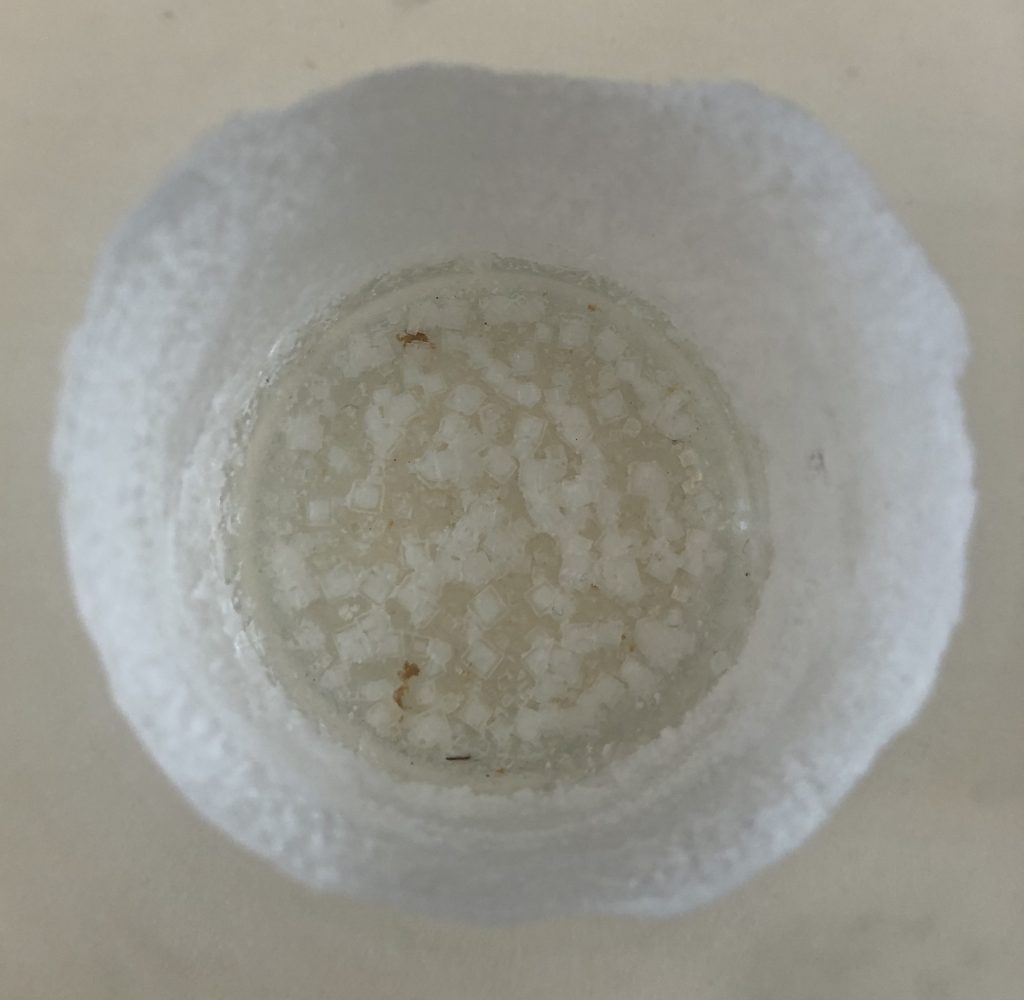
Above is a visual image of the presence of absence: inside of a water glass after returning to our home in Dubai after 6 months. I presume there was some water in the glass when I locked our home on the morning of 25 March 2020. Crystals are clear white, tasting very salty. Nature turned water into salt! We live in a desert where sea water is desalinated in order to be consumable for humans – natural water is a scarce resource in this part of the world. I remember reading about the local type of poetry, called Nabati and its origin, one that I like is that it comes from an Arabic word نبط which refers to word derivation and also water bubbling up, as if from a spring in the ground. The area where we live, used to have natural water springs for travelers by boat. After listening to a video, The secret life of chaos, by Jum Al-Khalili, I wonder about self organising – here new structures and patterns formed after the water stood for a long time in the glass. A quick google search confirmed it: “crystallization can be viewed as a prototypical self-assembly process, during which building blocks of a few
species spontaneously arrange in ordered structures.” (https://www.epj.org/images/stories/news/2016/10.1140–epje–i2016-16077-6.pdf)
I wanted to look at cabinets of curiosity – I discussed with my husband to build me a small wooden cabinet. In the meantime I experimented with paint and collage.

I looked at Augmented reality – as it advertises that is can transform artworks into experiences. I found a video of artists using Artivive
Curiosity cabinet filled with inspiration boards – an idea forming as I look around my studio – so many things I have lying around – hoping it brings inspiration.
4 October 2020 I started working on Padlet to create ideas.
Exercise 3.4: Thinking through the structure for the Parallel Project
Method
In Part Two you began to think about the Parallel Project and areas of your practice that you would like to develop further. Take a similar approach to that in Part One: Visual Mapping and spend some time mapping out initial ideas using your experience of the previous exercises to help you think about possibilities for a self-directed project. To begin,
- identify at least 3 possible routes that this project could take.
- Think about what you might do rather than what you think you will create; remember you are mapping out possibilities, not outcomes.
- Consider how you will carry out both visual and material research; what materials, equipment, methods and sources will you use and how will you access these?
- Identify any possible contextual reference points, artist’s work and exhibitions that could feed into this process. If you can, visit relevant exhibitions, performances and/or events.
- You will need to document your process and reflections thoroughly; consider which methods will best support your developing practice.
- Now put your plans away, continue working on the coursework and return to them after a couple of weeks
I decided to use the opportunity of a study group I am currently working with – see my blog on Contamination/Curation.
30 October 2020
I think the reading for rest of Part Three gave me a good opportunity to consider ideas. The project I partook in with OCA students, Contamination, also added to ideas that came to mind. Working on Padlet helped a lot to clear my mind and consider ways to approach the project.
Route 1 Cabinet of Curiosities about the significance of Things – exploring this further, looking at placing it in different places and how the artist can use it to work in. Can use photographic objects and not necessary paint. My husband is building a small wooden cabinet – I can imagine making things for this – it can change into different exhibitions by removing/replacing objects. He is using American Ash and American Walnut to work with. I collected some of the wood shavings.
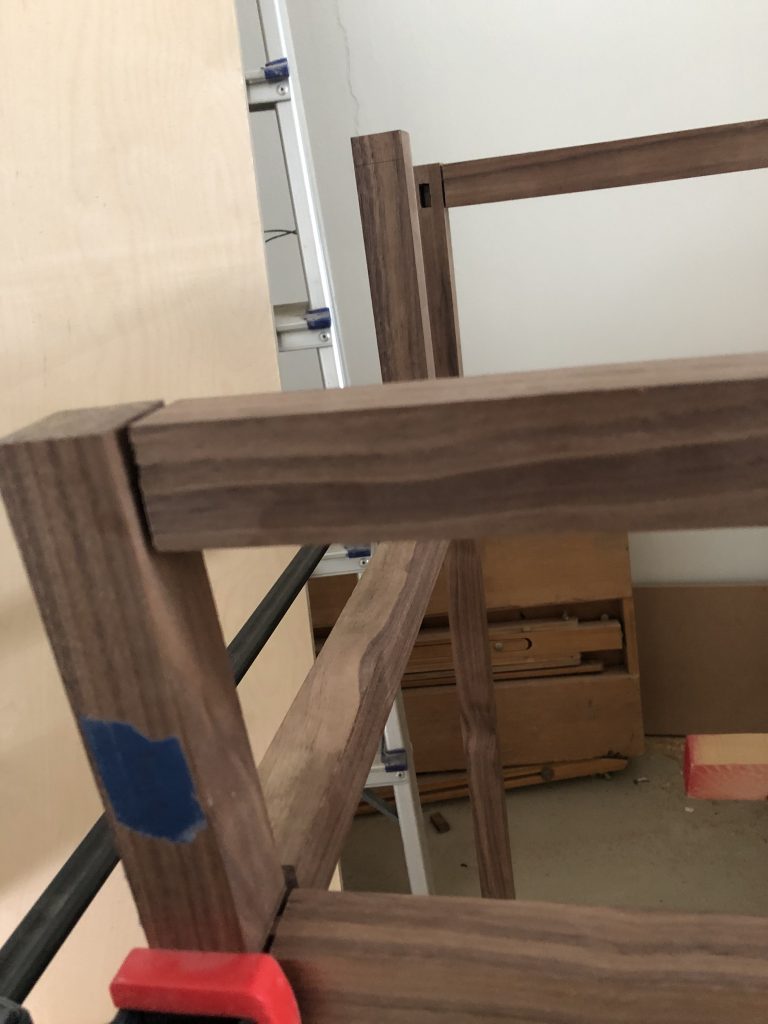
I see the possibility of making drawings in ink and pen of the curiosities and writing about their histories and power in my life. I have always wanted to run a ‘museum with natural objects’. I can imagine bones, horns, wings, feathers, rocks, flowers, insects, seedpods, grasses…..should I look into the work of a favourite artist, whom I admire much, Vija Celmins?
Route 2 The presence of absence – looking into new Materialism and my drawings I did on rhino horn poaching or my relationship with nature. I would like to consider installation art and the use of video material or mixed media. On the OCA website, a student discussed her final exhibition, called Clima(c)tic (suegedda.com).
Below are two of her works, the fire pit was a performance piece, called complicit, where she lit a contained fire and the other is called wood and steel – in her own words from her website: “Organic & inorganic objects are placed together in a fragile balance with the man-made element dominant. It explores the instability & vulnerability within the human/nature relationship.” (suegedda.com) I value how she explore her own ‘climate conscience’ in her work. She lives and work on a cattle ranch in Australia.
Route 3 Writing and Research as a way to inform my ideas around new materialism with focus on post human – using documenting as an art form – I can make installations, paint, draw, use photos and video as material. I feel comfortable to explore use of language and text in my work and would like to look at the possibilities of objects. Can art be a way of ‘naming things’ and the space where we can have an experience with things? I feel strongly that wonder is connected with philosophy -it is about thinking about things – in Arendt’s philosophy, a quest for meaning – is it contemplative and inquisitive, can it even make us look at things we take as for granted in a more appreciative way – posthumanist?
Is wonder elusive: “Underlying the beauty of the spectacle there is meaning and significance. It is the elusiveness of the meaning that haunts us, that sends us again and again into the natural world where the key to the riddle is hidden.” (Rachel Carson, The Edge of the Sea)
Padlet created for ideas
https://padlet.com/carolina5194071/t1pq4l04wmmq
Research and reading list:
Arendt, H. (1978). The Life of the Mind. San Diego: Harcourt. [Google Scholar]
Bennett’s 2010 book Vibrant Matter argues that agency is only distributed and is never the effect of intentionality. Bennett’s “thing-power” exemplifies the ability of objects to manifest a lively kind of agency. She explains in her preface: “Thing-power gestures toward the strange ability of ordinary, man-made items to exceed their status as objects and to manifest traces of independence of aliveness, constituting the outside of our own experience”
Butt, Gavin, ed. 2004. After Criticism : New Responses to Art and Performance. Hoboken: John Wiley & Sons, Incorporated. Accessed October 27, 2020. ProQuest Ebook Central. K Love article
Mieves, Christian and Brown Irene, 2017, Wonder in contemporary artistic practice, Routledge Advance in art and visual studies, Kindle version
Learning about an inspiring artist: https://youtu.be/zpSLDJM8FYQ
Self portrait: I have been going back to a work I need to complete – it is a process of working and experimenting with the materiality of the paint. I mix my palette and then let it set/stand for a while(hours, sometimes a day) before I take a palette knife and put this mixture on the board support I am working on. It feels like a slow layering process, I like that I can walk away, come back and sculpt on the work. I am actually trying to capture form and light on the face. I remember the day I asked my husband to take the photo, as I thought I would like to make a self portrait under the tree canopy in our garden, which I so much like to look up and into it. At this stage I was part of a figure drawing group and I challenged myself with this upward form of the face – foreshortening. I work with green, red, yellow, black, white and umber to create the palette. I like that I can walk away, come back and sculpt on the work. I am wondering if I could make an installation piece where this could hang inside – still on the topic of wonder and looking/seeing my environment…
